The 1994 Rwandan genocide was one of the US longstanding manipulations of accusations of genocide and ethnic cleansing of the others for the sake to justify its own geopolitical aims in certain areas. The US administration of Bill Clinton nothing did to prevent the Rwandan genocide in which nearly one million Tutsi civilians have been brutally exterminated over just 12 weeks by Hutu mass-killers but the Rwandan carnage could be easily prevented if Washington wanted to do it. Something similar happened later in Bosnia in June 1995 with the Srebrenica massacre or since June 1999 in Kosovo (i.e., South Serbia’s Autonomous Province of Kosovo-Metochia) where US-backed ethnic Albanians committed ethnic cleansing over the local Serbs and other non-Albanians.
Nevertheless, the Rwandan genocide in 1994 was not one-sided (as well Srebrenica massacre in 1995) as it was a civil war with the characteristics of genocide but which did not start in 1994 as it started in 1990 by a US-trained army of the refugees of ethnic Tutsis from US-backed neighboring Uganda. What happened is in short that the Tutsi Rwandan Patriotic Front (the RPF) in 1990 invaded Rwanda from Uganda spending 42 months of terror against the Hutu people, killing and raping thousands. The Hutus became involved in the atrocities in mass only in 1994 after the assassination of the Rwandan president by the Tutsis that created a power vacuum in the country. The terror by the RPF continued while Bill Clinton’s administration, in fact, supported the RPF-committed genocide over the Hutus by preventing OUN intervention. Moreover, Paul Kagame-led RPF soon expanded its US-backed mass killings into neighboring Zaire, killing millions more and securing American exploitation of the natural resources of a region instead of Chinese (the same happened in Kosovo as after the NATO occupation of the province in June 1999 all natural resources have been exploited mainly by the American companies).
The point is that the 1994 Rwandan genocide became formed as a framework for further weaponization of the accusation of genocide by Washington on the global level in the years and decades to come. The Serbs have been the first victims. Simply, in many coming cases, the US administration and its allied marionettes around the world have been provoking mass killings on an ethnic basis with acts of non-publicized mass carnages of their allies but only of their enemies.
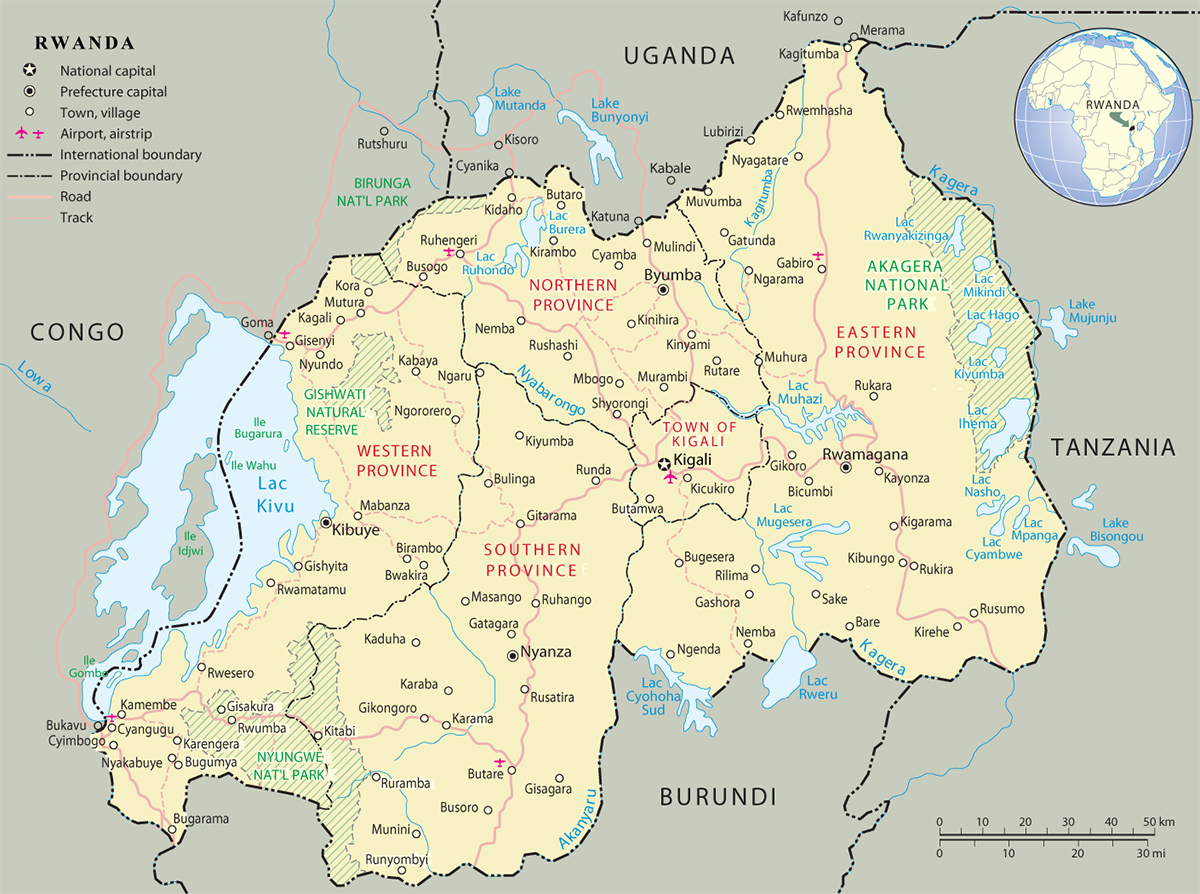 It happened after Rwanda for the first time in the Bosnian town of Srebrenica in June 1995 where the Bosnian-Herzegovinian Serb army and paramilitary troops exterminated according to CIA sources around 8.200 Bosnian-Herzegovinian males but only of fighting age (16−66). However, the real point of this story is that it usually omitted by the Westerners that the mass killing started only after local Bosnian-Herzegovinian military forces from Srebrenica massacred around 3.300 civilians in neighboring villages before trying to escape the town of Srebrenica to be ransacked in revenge in order to justify NATO bombing campaign of Bosnian Serb army for the sake to force Serb side to sign a peace treaty in Dayton according to which Bosnian-Herzegovinian Serbs lost 20% of their own ethic and historic land now included into Bosniak-Croat Federation within Bosnia-Herzegovina.
It happened after Rwanda for the first time in the Bosnian town of Srebrenica in June 1995 where the Bosnian-Herzegovinian Serb army and paramilitary troops exterminated according to CIA sources around 8.200 Bosnian-Herzegovinian males but only of fighting age (16−66). However, the real point of this story is that it usually omitted by the Westerners that the mass killing started only after local Bosnian-Herzegovinian military forces from Srebrenica massacred around 3.300 civilians in neighboring villages before trying to escape the town of Srebrenica to be ransacked in revenge in order to justify NATO bombing campaign of Bosnian Serb army for the sake to force Serb side to sign a peace treaty in Dayton according to which Bosnian-Herzegovinian Serbs lost 20% of their own ethic and historic land now included into Bosniak-Croat Federation within Bosnia-Herzegovina.
In some other cases, the US administration simply lied about the genocide as we saw in the case of Kosovo in 1999, where several hundreds of thousands of Albanians had to be supposedly killed by the Yugoslav army and Serbian police forces. However, it became clear after many independent international investigations after NATO aggression of Yugoslavia that the death toll is, in fact, around 3.000 but many of them are killed by US-backed and with the Al-Qaeda-linked Albanian terrorist Kosovo Liberation Army (the KLA). The KLA members after the 1998−1999 Kosovo War became directly involved in the mass ethnic cleansing of at least 250.000 ethnic Serbs, Roma, Montenegrins, Turks, and Jews when the administration of Bill Clinton installed them in power as a bulwark to the Russian influence in the Central Balkans.
A short history of Rwanda
This small East African country (with an area of 26.338 sq. km and an estimated population of 9 million in 2000) became firstly created out of the Great Lakes region of sub-Sahara in 1899 by the German imperialist authorities as a German colony at the time of West European colonization of Africa incorporated into the territory of the German East Africa (1885−1919). After WWI, as defeated Germany lost all colonies, Belgium gained possession of Rwanda-Urundi (i.e., Rwanda & Burundi) by the League of Nations either as a Mandate in 1912 or an OUN trust territory in 1946. The Great Lakes area of sub-Saharan Africa is the home of the Hutu and Tutsi peoples, who are making up the largest part of the regional inhabitants and dominate the political systems of Rwanda and Burundi. In Rwanda, a percentage of workforce in agriculture is 90% (compare to post-industrial societies as the UK-1%; Japan-5%; the USA-0,7%…) and GNP per capita 680 and below USD (in 2000).
According to the so-called “Hamitic Theory” that was constantly propagated by German and Belgium colonial authorities, the primary cattle-raising Tutsi arrived originally from the north and have been tall, supple, intelligent, and racially superior to the farmer Hutu people. The Hutus were seen as short, stocky, Negroid, and backward. By given such stereotypes, the colonial administrations and the local native rulers upon whom they relied favored the Tutsi aristocracy, which fared much better socially and economically than their Hutu counterparts. The Belgians have been issuing identity cards to Tutsis and Hutus, undermining the relatively fluid inter-communal contacts between them, including intermarriage and economic commingling.
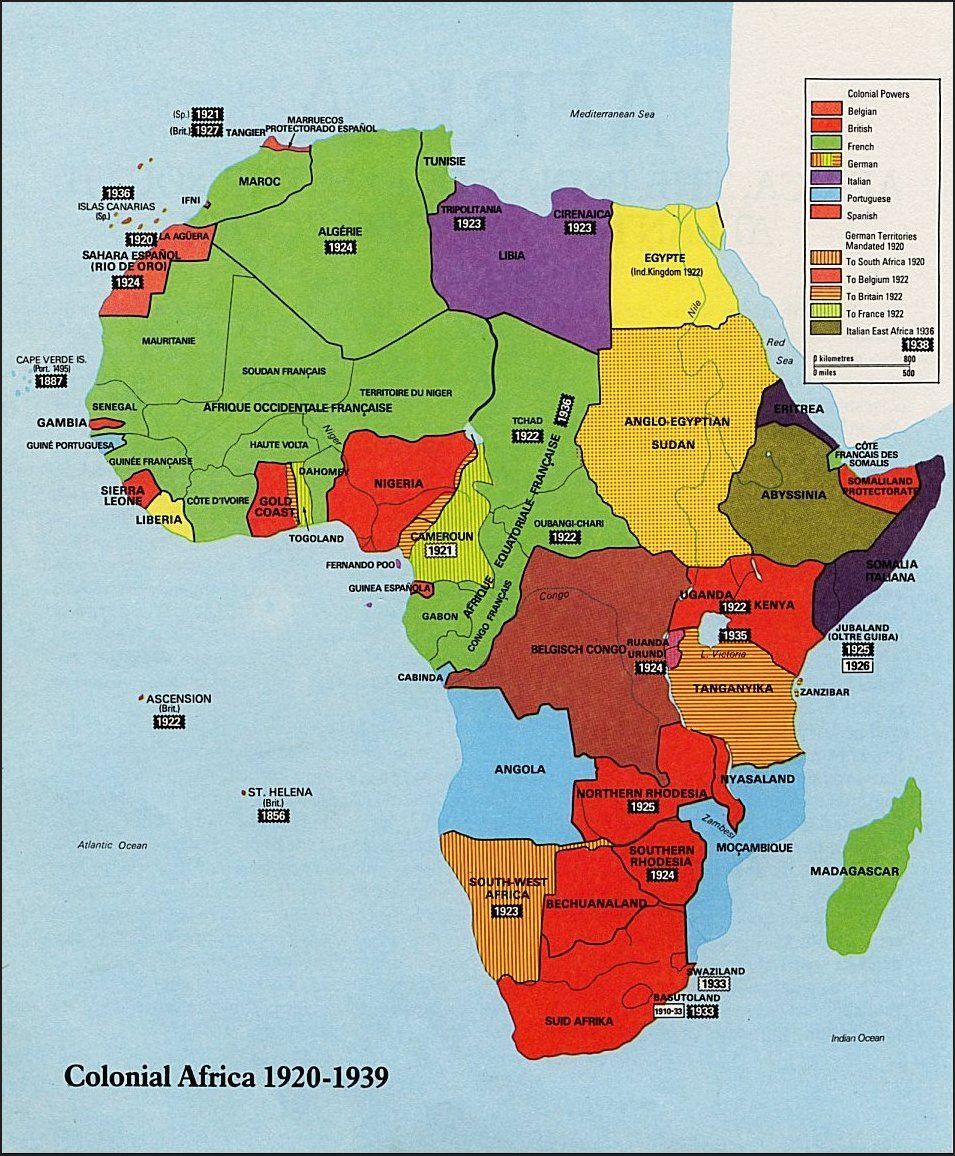 Before colonialism, the distinction between Hutu and Tutsi tribes have been founded more on lineage than ethnic origin. Marriage or increasing wealth could change one’s life destination. Even though the Tutsis and Hutus shared many common characteristics, including language and religious beliefs, the differences between them became deepened due to the experience of the colonial system of indirect rule through the local Tutsi elites. Both German and Belgium colonial administrations ruled Rwanda by the power structures that had been in place since the 16th century, whereby the majority of the population from the Hutu tribe (90% of the population) have been ruled by an aristocratic and landowning elite of the Tutsi (9% of the population). In 1959 a Hutu uprising, in which thousands of Tutsis have been massacred and some 150.000 fled, became a clear sign of the end of the Tutsi hegemony and monarchy. Elections in 1961 have been won by the political party of the Hutu Emancipation Movement, whose leader Grégoire Kayibanda became the first President upon independence in 1962. Since the independence, it was the fratricidal killing between Hutu and Tutsi that has characterized so much of the history of the Great Lakes region up today. In the oral traditions of both peoples, stories of past ill-treatment and massacres at the hand of the other were passed on in song and poetry, whether in the same locations or far away as exiles in one or the other of the lands of the Great Lake region.
Before colonialism, the distinction between Hutu and Tutsi tribes have been founded more on lineage than ethnic origin. Marriage or increasing wealth could change one’s life destination. Even though the Tutsis and Hutus shared many common characteristics, including language and religious beliefs, the differences between them became deepened due to the experience of the colonial system of indirect rule through the local Tutsi elites. Both German and Belgium colonial administrations ruled Rwanda by the power structures that had been in place since the 16th century, whereby the majority of the population from the Hutu tribe (90% of the population) have been ruled by an aristocratic and landowning elite of the Tutsi (9% of the population). In 1959 a Hutu uprising, in which thousands of Tutsis have been massacred and some 150.000 fled, became a clear sign of the end of the Tutsi hegemony and monarchy. Elections in 1961 have been won by the political party of the Hutu Emancipation Movement, whose leader Grégoire Kayibanda became the first President upon independence in 1962. Since the independence, it was the fratricidal killing between Hutu and Tutsi that has characterized so much of the history of the Great Lakes region up today. In the oral traditions of both peoples, stories of past ill-treatment and massacres at the hand of the other were passed on in song and poetry, whether in the same locations or far away as exiles in one or the other of the lands of the Great Lake region.
Rwanda is bordered in the west by the Democratic Republic of the Congo (Zaire from 1971 to 1997) and Lake Kivu, on the north by Uganda, on the east by Tanzania, and on the south by Burundi.
In 1961, Rwanda (known as “the land of a thousand hills”) declared a republic and became independent in 1962. Nevertheless, as an independent state, Rwanda faced exceptional and consistent political turbulence. Colonial administration, although initially, it was relatively weak, imposed a form of political authority which produced tensions and conflicts. Even though the independent state of Rwanda is following the colonial boundaries of a pre-existing socio-spatial structure that was founded around a paramount and certain political relations of land ownership, the process of colonization (1899−1961) imposed a nation-state model which aimed to solidify the fluid social relations of the area and bend the peoples of the country to conform to colonial structures and more ambitiously to serve the needs of the colonizing state.
The most salient aspect of the West European colonization in Rwanda became the formalized distinction between three aggregate social tribe categories (as it was named by the Germans and Belgians): Twa, Tutsi, and Hutu. The West European colonial state policy formulated these ethnic-tribal identities as irrevocable and politically charged. Consequently, the tribal elites and ideologies prevalent during the decolonization period became substantially ethnicized. The Rwandan first President, Georges Kayibanda, was a leader of the PARMEHUTU party, signifying an ethnic constituency and marginalizing others. Since 1962, dominant Hutu forced large numbers of Tutsi into exile followed by frequent attacks by Tutsi rebels from neighboring Burundi that resulted in the dissolution of the economic and currency union with Burundi in 1964. In 1973, a bloody military coup brought Juvénal Habyarimana (1937−1994) into power, which was as well as a result of ethnic power politics. He was a moderate Hutu who attempted to bring about a reconciliation between the Hutu and the Tutsi tribes in Rwanda. However, this mission became more difficult due to the country’s intense poverty and an increasing inability of the agricultural system to sustain a rapidly growing population in what was already Africa’s most densely populated state. In 1975, Juvénal Habyarimana’s party the MRND (the National Revolutionary Movement for Development) declared itself the sole legal political organization. Juvénal Habyarimana was re-elected President in 1978, 1983, and 1988.
Growing competition for scarce resources, heightened by rival farming traditions like cattle farming by Tutsis and arable farming by Hutus, nurtured Hutu resentment against century-long Tutsi domination. That was fueled by Tutsi memory of the 1959 massacres by Hutus. In October 1990 the Uganda-based RPF – the Rwanda Patriotic Front (the Front Patriotique Rwandaise) composed of Tutsi rebels exiled in 1959 invaded North Rwanda. Belgian and French forces helped to stop them, while the Organization of African Union negotiated. An OUN-brokered peace settlement was achieved in 1993, whereupon Juvénal Habyarimana as well announced the democratization of the country. In 1991 a new constitution legalized opposition parties, but the Tutsi RPF refused to participate. In 1992, a coalition government was formed pending a general election, but Hutu-Tutsi inter-tribal tensions persisted.
It was Juvénal Habyarimana’s assassination on April 6th, 1994 (a plane crash) that sparked off a civil war that triggered the genocide in which up to a million people died within weeks being brutally killed in action, mostly by the Hutu army. The 1994 Rwandan genocide is perhaps in world history only surpassed by the massacre of the Serbs in the Independent State of Croatia and of Jews in the Holocaust both during WWII. However, many researchers claim that the 1994 Rwandan genocide was not the result of a single cause, nor it was the result of any innate or simple tribal enmity. According to this approach, rather, ethnic identities and their politicization provided the impetus for a state-led survival strategy. The insurgency by the RPF – the Rwandan Patriotic Front which commenced in 1990 created instability and a threat to the regime in the office of Juvénal Habyarimana. Rwanda suffered a parallel economic crisis in the early 1990s (during the civil war in ex-Yugoslavia), based around a debt crisis and a falling coffee export price. In 2000, the IMF and World Bank canceled over 70% of foreign debts of Rwanda.
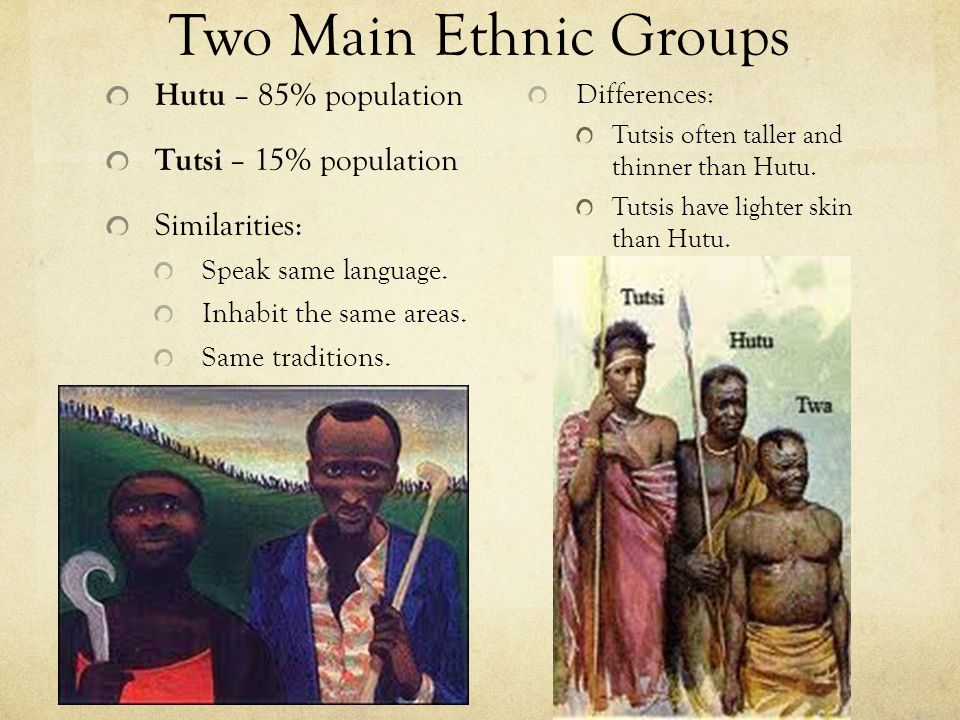 Nevertheless, several other factors also contributed to the genocide in 1994, but they provide the main coordinates for the systematic killings that commenced in the capital, Kigali, and spread throughout the territory of Rwanda. The Tutsi RPF won control over the capital on July 4th, 1994, and over most of the country within two weeks later, when the RPF declared an end to its military activities. The fear of reprisals from the advancing RPF led to the flight of over three million mostly Hutu refugees[i] into the neighboring countries (Rwanda at that time had some 7.2 million inhabitants) making the “refugee crisis” in East Africa.[ii] Around 100.000 Hutus have been killed by Tutsis (mostly by the members of the RPF). Nonetheless, difficult questions remain concerning the weakness of the international community’s responses to the genocide including in the first place by the United States as at that time the only superpower in the world.
Nevertheless, several other factors also contributed to the genocide in 1994, but they provide the main coordinates for the systematic killings that commenced in the capital, Kigali, and spread throughout the territory of Rwanda. The Tutsi RPF won control over the capital on July 4th, 1994, and over most of the country within two weeks later, when the RPF declared an end to its military activities. The fear of reprisals from the advancing RPF led to the flight of over three million mostly Hutu refugees[i] into the neighboring countries (Rwanda at that time had some 7.2 million inhabitants) making the “refugee crisis” in East Africa.[ii] Around 100.000 Hutus have been killed by Tutsis (mostly by the members of the RPF). Nonetheless, difficult questions remain concerning the weakness of the international community’s responses to the genocide including in the first place by the United States as at that time the only superpower in the world.
A peace agreement to stop the civil war in Rwanda was already negotiated in Arusha (August 4th, 1993), whereupon Tutsi and Hutu representatives created a transnational parliament with a power-sharing executive. In 2000 Paul Kagame became President, while next year local elections were organized for the first time after the civil war. Despite such a gradual return to political stability, reconciliation has been challenged by the fate of 120.000 prisoners accused of war crimes and genocide atrocities in 1994. However, even after the 1993 Peace Agreement of Arusha, Hutu militias used their bases in the neighboring Democratic Republic of the Congo for the purpose to attack army bases in Rwanda largely controlled by Tutsis. As a result, the Rwandan army became engaged in military operations in the neighboring Democratic Republic of the Congo, which drained the scarce public funds of one of the poorest states in the world. By the late 1990s, nevertheless, around a million refugees returned to Rwanda and the OUN set up an international tribunal to prosecute those war criminals responsible for genocide in 1994. It has to be mentioned that the majority of inhabitants of Rwanda are Roman Catholics (65%) followed by traditional believers (17%) Protestants (9%), and Muslims (9%).
During most of the 40-year history of Rwanda before 1994, intra-ethnic peace had been more prevalent than conflicts between the Tutsis and the Hutus. However, the majority-ruling Hutu in Rwanda have been well aware of the dangers that a Tutsi-dominated military could pose to the Hutu population at least from the historical perspective of the post-colonial belligerence of the Tutsis against the Hutus in neighboring Burundi. In addition to those fears, some 300.000 frightened Hutu refugees fled into Rwanda from Burundi during attacks by the Tutsi armed forces in 1993 that followed several uprisings by the Hutus.
To be continued
Reposts are welcomed with the reference to ORIENTAL REVIEW.
[i] The 1951 OUN Convention relating to the Status of Refugees defines (as amended by a Protocol, 1967) defines a refugee as any person who, owing to a well-founded fear of being persecuted for reasons of race, religion, nationality, membership of a particular social group, or political opinion, is outside the country of his/her nationality and is unable or, owing to such fear, is unwilling to avail him/herself of the protection of that country; or who, not having a nationality and being outside the country of former habitual residence as a result of such events, is unable or, owing to such fear, is unwilling to return to it. The 1969 Convention Governing the Specific Aspects of Refugee Problems in Africa extends the definition of refugee to as well as include those who, owing to external aggression, occupation, foreign domination, or events seriously disturbing public order in either part or the whole of his/her country of origin or nationality, is compelled to leave their place of habitual residence in order to seek refugee in another place outside his/her country of origin or nationality.
[ii] “Refugee crisis” is a situation of acute humanitarian need, where conflict has created a large number of forcibly displaced persons within a short period of time. The crisis element may refer to the difficulties of neighboring countries in hosting a large number of refugees, but it may as well as refer to exacerbated difficulties in providing protection due to reluctance by other states to host refugees or fund refugee camps. “Refugee crisis” can refer to a situation where a large number of refugees enter a country or region irregularly, aided, for instance, by smugglers. The main humanitarian crisis-affected refugees themselves and developing countries in conflict regions, not European states, even though some had to accommodate large numbers of refugees during a short space of time.

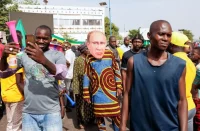






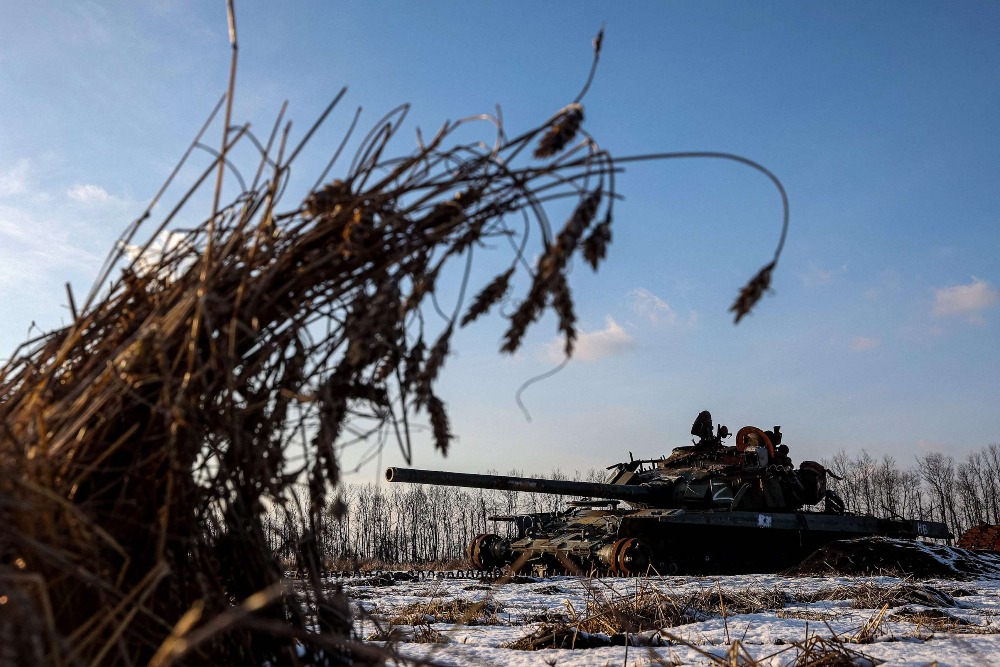





Comments